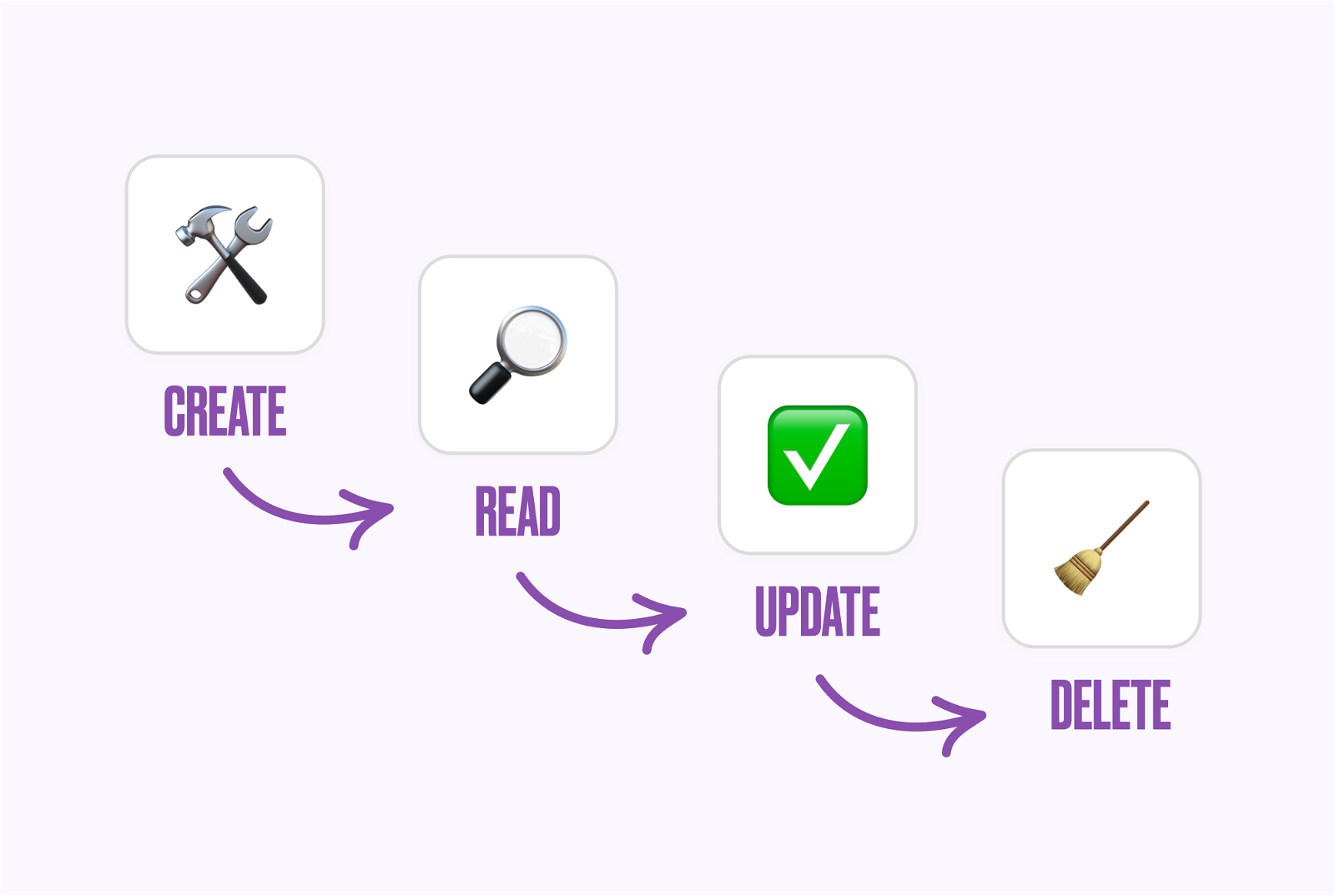No-code 101: Relational Database
Creating links and relationships between the tables in your database is a superpower.
Table of Contents
In 15 words or less
Store your data in structured tables that create powerful relationships.
In a few more words
You probably know what a standard database is (recap: an organised collection of structured information). Well, a relational database takes things up a notch. It puts related data into a collection of tables, with each table showing a specific category of information. Then you can create links and relationships between them.
Here’s a simple example. Let’s say you want to store data about employees. You might create one table for employees, and one table for departments. In the employees table, you might have columns like ID, Name, Age, Job title and Department ID. Each row would be an individual record (representing, in this case, an employee). The Departments table might have columns like Department name and Department ID.
Here’s where the magic happens. You can create a connection between the two tables using something called a key. In this case, you would create a key for the Department ID column, linking these two columns. This then lets you easily access and combine info from different tables, enabling you to ask complex questions, change or retrieve info far easier and store and manipulate data at a far larger scale.
Why do you need to know?
- They’re crucial when it comes to working with data. Knowing the basics of relational databases is going to mean you can effectively work with and manage your data. For citizen developers, it’s a key skill. You need to know how to create tables and fields, and then create the relevant keys to share and link data across multiple tables. It’ll ensure your data is accurate, and you’ll be saving a lot of time too.
- It’ll open up the world of queries. Queries allow you to retrieve, filter and manipulate data from a relational database. We won’t dig into how to write queries right here, but it’s an important part of app building – and pretty dependent on working with relational databases.
- You’ll be able to build a scalable app. Relational databases offer scalability, allowing the app you build to handle larger datasets and grow.
Don’t say:
“I love working with this database. It just understands me on a relational level.’
Do say:
‘Our e-commerce website is powered by a relational database to manage and store customer information.’
Keep learning
Dig into our database fundamentals video right here.


Similar Tutorials
Want to read
more articles
like these?
Become a NoCode Member and get access to our community, discounts and - of course - our latest articles delivered straight to your inbox twice a month!












